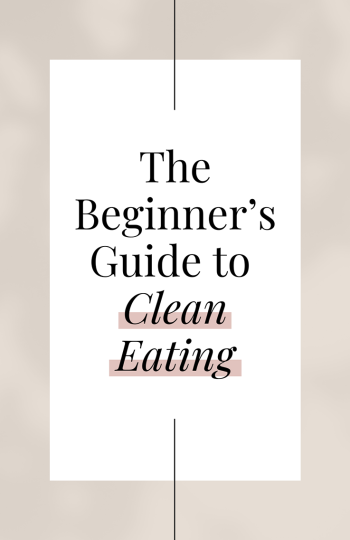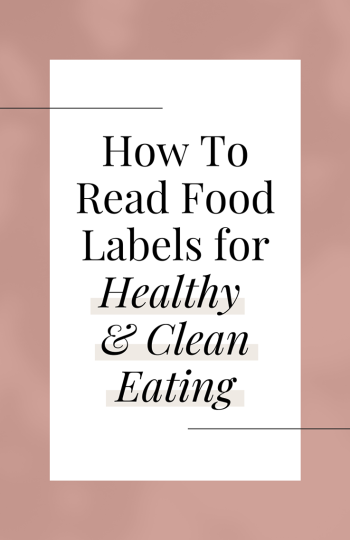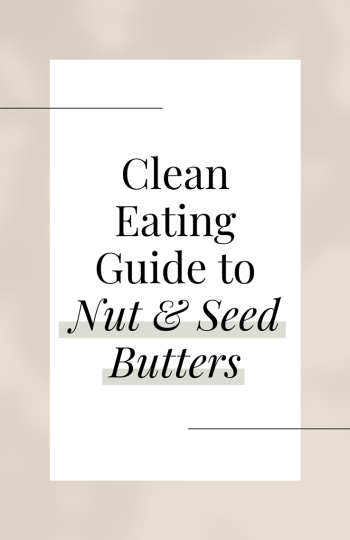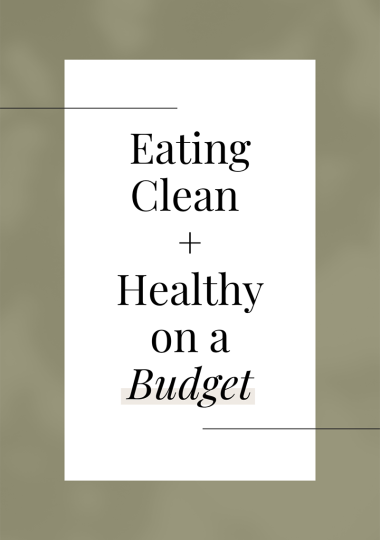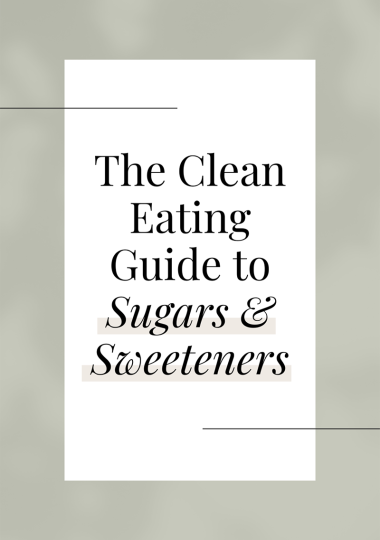When I share products and recipes on my platform, I make sure they do not contain any GMO ingredients . In this blog post I will share with you why that is the case, give you some history and background information about GMOs and also answer many common questions I get asked about them. I hope to encourage all of you to buy cleaner foods at the grocery store so you can avoid the dangers of eating GMO foods and ingredients. Although GMOs are still widely available on our grocery shelves, they are harmful for our health.
What are GMOs?
GMO stands for “genetically modified organism.” This is exactly what it sounds like – GMO seeds have been modified so that their DNA fits the demands of consumers or producers.
The first GMOs to be created were not fruits or vegetables – they were bacteria and animals. By the 1990s, scientists introduced GMO seeds for crops that could resist pests and herbicides. These crops include conventionally grown produce such as soy, corn, and russet potatoes.
Why were GMOs foods created?
I can’t tell you the story of GMOs without telling you about Monsanto. Monsanto is the company that produces Roundup, an herbicide that kills weeds. Farmers and homeowners have used Roundup since the 1970s to control weeds, but this herbicide quickly posed a problem for farmers. Weeds died from Roundup exposure, but glyphosate (a toxic ingredient in Roundup) also killed their crops.
Instead of changing the Roundup formula, Monsanto had another idea. In the early 2000s, they produced a GMO soybean seed that was resistant to glyphosate. Corn and cotton seeds followed. Farmers could buy these seeds, spray Monsanto’s herbicide, and still have a huge crop yield. This was a big win for Monsanto. Despite Roundup being banned or restricted in 25 countries, it is widely used on farms and households throughout America. In 2016, 287 million pounds of glyphosate were sprayed on American farms. Despite lawsuits alleging that the herbicide has been linked to health issues, the industry is set to be worth $12 billion by 2024.
Why are GMOs bad?
You may see conflicting information about GMOs, glyphosate, and Monsanto online. Monsanto is worth billions of dollars and that wealth has enabled them to massively cover up the health risks that GMOs and glyphosate can cause.
For this reason, not every blog or resource will have the same opinion on GMOs. Here is my take: GMOs are not healthy and should be avoided if possible. Crops that are resistant to glyphosate, like GMO soybeans or corn, often contain a huge percentage of glyphosate in them. Spraying crops with herbicides and genetically modifying their DNA to resist it can seriously affect what toxins end up in the crops and therefore end up in your food. Eating foods containing so much glyphosate poses a serious risk to your health. This is why we recommend avoiding any GMO crops and ingredients made with GMO crops (like corn syrup).
Here’s an interesting fact about the danger of GMOs: GMOs are already banned or restricted in over 60 countries. Unfortunately, in the United States, we are still working on getting all food companies to simply disclose whether or not their foods have been genetically modified (also labeled as “bioengineered,” “derived from bioengineering,” and “bioengineered ingredients”).
What crops are GMO?
It’s important to know what crops are actually GMO since a lot of companies will use “non-GMO” labeling as a marketing tactic on foods that are not GMO (like avocados and cane sugar). GMO crops are grown in mass quantities throughout the United States and include :
- Alfalfa
- Apples
- Canola
- Corn
- Cotton
- Potato
- Papaya
- Soybean
- Sugar Beets (“sugar” on ingredient labels)
- Summer Squash
Most of the conventional corn, soybean, and cotton grown in the United States are GMOs. In 2018, 94% of all soybeans planted were GMO, along with 92% of all corn!
What are good resources on GMOs?
All GMO foods in grocery stores have been approved by the FDA, but public pressure is changing the opinion of having GMO products in our stores and accessible education about GMOs in the media. The best way to make a decision about your diet and food purchases is by seeking out this information yourself. My favorite resources on all things GMOs are the Non-GMO Project and EWG. You may have seen EWG’s “Dirty Dozen” and “Clean Fifteen” lists, which detail crops that are most and least likely to contain large amounts of pesticides.
Is “organic” the same or better than non-GMO?
If foods are organic, then they are non-GMO. If foods are non-GMO, they are not necessarily organic. “Organic” is a term that means that synthetic and harsh pesticides (like glyphosate), GMOs, and other toxic chemicals are not used in the production of that food and must meet organic regulations. Non-GMO only refers to the process of genetic modification. For example, non-GMO strawberries may not have been genetically modified, but they may have been sprayed with other harsh and toxic herbicides or pesticides while they were growing. I recommend buying organic when you can.
Are products clearly labeled with GMO if a product is a GMO?
The USDA set clear guidelines for labeling GMO foods back in 2018, but companies are not required to fully comply until 2022. Until then it’s best to become informed on what GMO crops are sold at the grocery store and ingredients that use GMO crops such as distilled vinegar, maltodextrin, and allulose, which can all use corn.
Another tip? Look out for non-GMO Project Verified label or the USDA Organic label on food packaging.
Is all corn GMO?
Not all corn is GMO, but most corn is GMO. If you choose to buy one food that is organic, make it corn or soybeans. If the corn products you are eating are conventional, then they most likely are GMOs.
Bottom line is avoiding GMOs and glyphosate in your food can reduce your risk of health conditions like cancer, liver disease, and developmental disorders. Research is still being conducted on GMOs and our heath, so I recommend taking the precautionary route and doing your own research to be an informed consumer!

